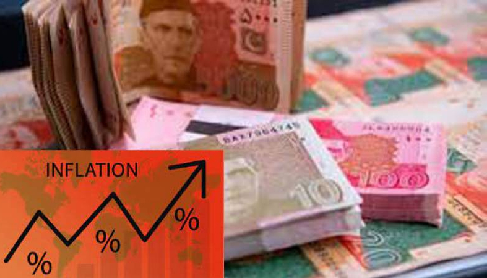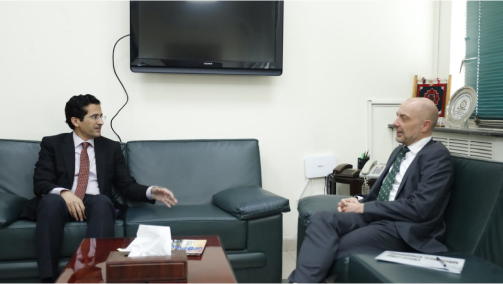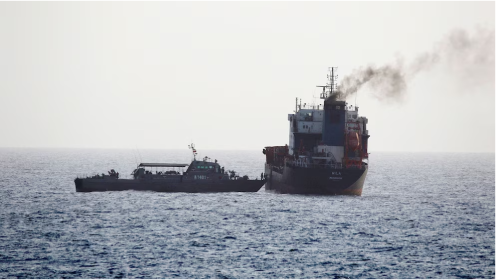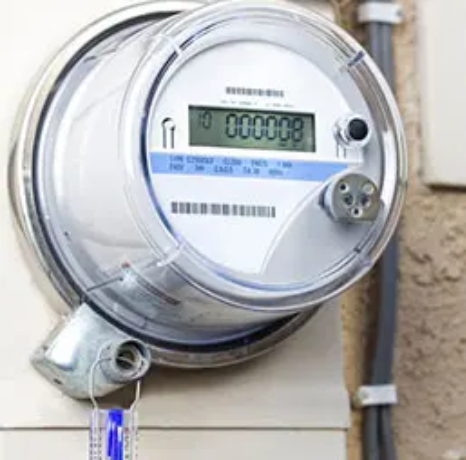There have been unusual developments in the value of the rupee (PKR) during the last seven weeks. From a trend in the form of a declining value with respect to the US$, there has been an unanticipated reversal in this trend.
During the month of September and up to the middle of October the rupee has actually gained in value by almost 14% in the open market. Simultaneously, the inter-bank exchange rate has improved by over 8%.
The appreciation in the value of the rupee has been taking place at a time when the foreign exchange reserves are not even adequate to provide import cover for six weeks.
They have also been falling since mid-July after the commencement of the IMF Stand-by Facility, with receipt of $1.2 billion as the first loan installment and $2 billion in other time deposits. As such, appreciation in the value of the rupee is not in line with the underlying adverse economic trends.
The reason apparently for the appreciation in the value of the rupee is the regulatory intervention by the SBP of Exchange Companies. The authorization of nine exchange companies has been suspended because of inadequate paid-up capital and serious violation of rules and regulations.
The strong focus on the exchange rate is attributable to the perception that a jump in the rate of inflation is primarily due to depreciation in the value of the rupee.
This explains why an alternate approach was adopted in 2022-23 to drastically reduce the current account deficit and thereby substantially decrease the external financing requirements to reduce the pressure on the low foreign exchange reserves.
The approach adopted was to introduce wide-ranging physical controls on imports, especially the non-essential imports. Estimates are that the level of imports in 2022-23 was brought down by as much as $10 billion by these controls.
The BNU Macroeconomic Model has been used to estimate what the extent of depreciation in the exchange rate would have been required if instead a market-based exchange rate policy had been adopted to achieve the same $10 billion reduction in the value of imports in 2022-23.
The model simulations reveal that the required depreciation would have been 72%, as compared to the actual fall of 41% during the year. In effect, the rupee would have had to be brought down from the average monthly value of Rs 178.92 per US$ in 2021-22 to Rs 307.74 per US$ in 2022-23.
The issue is whether the policy of physical controls on imports has implied less inflation than if the exchange rate had been devalued by 72%. There is need to recognize that big supply shortages were created of major imports by the restrictions. Consequently, there was higher inflation in these items and in consumer goods which require imported inputs.
The Staff Report on the IMF Stand-by Facility for Pakistan contains a projection of the value of the rupee in 2023-24. The IMF has strongly advocated the resort to a market-based exchange rate regime during the tenure of the Facility and withdrawal of all physical controls on imports.
The expectation is that the current account deficit will be limited to $6.5 billion in 2023-24. Imports are expected to rise by almost 25%, from the artificially depressed level in 2022-23, and exports to show 11% growth.
Achieving these two targets will apparently require a depreciation in the value of the rupee of just over 20%. As such the IMF expects the value of the rupee to be close to Rs 343 per US$ by end-June 2024.
The balance of payments projections by the IMF are based on expectation of only modest escalation in international prices of items imported by Pakistan. In fact, the expectation is that the oil import bill in 2023-24 will be 7% less than the level in 2022-23.
This is presumably based on the expectation that the crude oil price will be lower. Earlier this was the case, but now with the warlike situation in the Middle East the price of Brent crude has jumped to over $92 per barrel, as compared to below $75 per barrel at the start of 2023-24.
The IMF is likely to express some concern during the forthcoming review about the appreciation in the value of the rupee, which, along with rising international prices now, implies that the current account deficit of Pakistan could be significantly larger, and reserves could come under greater pressure.
The target for reserves at the end of 2023-24 is $9 billion. They are already down to $7.7 billion. A further decline in reserves could lead to a quantum fall in the value of the rupee.
There is no doubt that a more appropriate and risk-adverse policy would be for there to be an end to the appreciation in the value of the rupee at a time when reserves are low. Already, as of end-October 2023 the Real Effective Exchange Rate of the rupee is likely to be above 95. This represents an increase of almost 9% in the first quarter of 2023-24.
The appropriate exchange rate policy must be one which keeps the trade deficit, and, consequently, the current account deficit at a sustainable level in the presence of low and falling reserves. There is a need to ensure that the depreciation of rupee in 2023-24 is close to 20%, as projected by the IMF.
This will require devaluation of the rupee by almost 23% between the 19th of October 2023 and the 30th of June 2024.





